Interest in India is growing within America. This is a welcome trend, and one that began in the late 1990’s, particularly after the nuclear tests. Among the most prolific of writers is Stephen Cohen, who is also among the few in the US who have been studying and writing on India and the subcontinent since well before it became a mini-fashion to do so.
Cohen also has a well-deserved reputation for being pro-Pakistan, and this book provides evidence in support of this view. At the very beginning of the book, in the opening paragraph, he refers to “the rise of South Asia as a source for much global terrorism” – South Asia, not Pakistan, or the AfPak region as some of more demure bent of mind [and tongue] like to put it. In the same paragraph, he says that “each side [is] testing the patience of the other”. When he was asked how India was testing the patience of Pakistan, he had no answer.
These prefatory observations must not be seen as a put-down on the book. There are useful insights, rendered the more significant for being made by a person who carries authority not only in academic circles, but official ones too. In discussing the issue of nuclear weapons, he says that Prime Minister Morarji Desai made sincere efforts not only to renounce them, but also offered Pakistan regional nonproliferation arrangements. He adds, “Only later did India and the rest of the world come to know of the scope of the Pakistani nuclear program, and of Pakistani intention to move toward a weapon regardless of what India did.”
While on the subject of nuclear weapons, it is striking that Cohen considers the issue of water diversion by India to be a nuclear red line for Pakistan. There is a sense conveyed in the book that India is grudging in its adherence to the Indus Waters Treaty, and this is therefore a sentiment that policy-makers need to consider carefully. The truth is India has been among the most generous of upper riparians, and has scrupulously upheld its obligations under the Treaty. If even this is not good enough for Pakistan, and can be a nuclear casus belli, India needs to be well-prepared, and to signal that it is well-prepared, so as to prevent any over-reach by the Pakistani authorities.
The author also provides some useful insights and facts from the history of the region, and of American involvement in it. He twice mentions that Pakistan had offered to convert the Cease-fire Line in J&K into the international border, only to be rebuffed by India. Both times, the proposal was made to Nehru, first by Prime Minister Khwaja Nazimuddin, the other time by Governor-General Ghulam Mohammed. This is certainly odd, seeing that by 1962-63, when India and Pakistan discussed a Kashmir settlement following the India-China war, Pakistan was not willing to settle for anything short of the Chenab.
One more conclusion that Cohen offers is relevant in the context of the debate within India as to the changing nature of Pakistani society. That country’s numerous friends in India never tire of telling us that Pakistan is changing and that it is more ready than ever before to reach an accommodation with India. In talking about the Pakistan Army, the author notes that it is less Islamic than one would suppose, and does not discriminate between Shia and Sunni, or even the occasional non-Muslim. He then adds, “These generalizations must be tempered by the observation that Pakistan’s middle classes are becoming increasingly intolerant”. When even a friend of Pakistan offers this conclusion, it would be imprudent for India to accept the propagandist view of a transformation taking place inside Pakistan.
Having analysed the situation in the subcontinent, Cohen offers the important conclusion that this is a conflict that Pakistan cannot win and India cannot lose. One wishes it was equally clear in Islamabad and Rawalpindi, but until then, it would be unwise for New Delhi to draw any comfort from this.
Cohen is pessimistic on the future of relations between India and Pakistan; as he admits, the title of the book aims at showing that hostility will continue until a hundred years after Independence. He is also driven to the conclusion, expressed on the first page, that in the contest between India and Pakistan “…one of them – most likely Pakistan – might fragment or disintegrate…” With this kind of opening gambit, the rest of the book keeps this thought in front of the reader, with several references to the fragility of the Pakistani state, and the fatal difficulties it faces, and the consequent risk of its coming apart.
Two problems bedevil the approach to South Asia in this book. One is the determination to put equal blame on both India and Pakistan for the troubles between them. For instance, it is well recognised that Pakistani school curricula inculcate hatred towards India, Hindus, Sikhs, and other minorities. Instead of stating this, Cohen prefers to say that the curricula in both countries are guilty on this score. Even so, he is honest enough to admit that Indian law provides room to accommodate Muslim sensitivities, in a way that Pakistan law does not provide for its minorities. Elsewhere, Cohen suggests that “both sides” have been brandishing nukes at each other. One would be hard pressed to find examples of India’s doing so, but for the sake of a false balance, he allows himself to make such statements.
The second is the author’s willingness to blame “Hindu fanatics” while avoiding any link to any other religion for terrorist attacks in India. To illustrate, he blames Hindu fanatics for the attack on the Samjhauta Express, but only refers to “those responsible” for the Mumbai terror attacks in November 2008, without telling the reader who they were, or what they were motivated by. Again in a later description of the events of 26/11, he manages to avoid any reference to the religion of the terrorists who carried out the attacks.
It is easy to dismiss such writing as biased, and it is undoubtedly biased, but the truth is that most of American writing and policy-making is loath to blame Pakistan alone for the tension in the subcontinent, and to recognise that India has displayed patience of a high order to prevent the situation from worsening. Cohen does admit this when he remarks that, “If India decides that its practice of absorbing punishment has become intolerable, then it also might decide that a riskier strategy should be employed sooner rather than later.” However, this is one small glimpse of the reality, and it is covered with much more writing of the “both sides are guilty” variety.
This is the real challenge for the Indian governments and academic circles: to establish a more objective assessment of the truth about the India-Pakistan confrontation. Sadly, few governments since 1947 have worked in this direction.
For a scholar of the standing of the writer, there are a surprising number of errors in the book. A few examples will suffice. The abbreviation OIC is expanded to read Organisation of Islamic Cooperation, when it should be Organisation of Islamic Conference, no matter how wrong the latter sounds. The author also accuses Modi of being involved in “several” communal atrocities – he is nothing of the kind. And Cohen avers that the USS Enterprise was used to try and brow-beat the Indians thirty years ago – in fact it was in 1971, forty-two years back, since when the book was written.
That said, this book represents a viewpoint that needs to be taken seriously; the logic and the facts are marshaled differently by different American scholars, but the conclusion is unfortunately the same – India is as guilty as Pakistan in the tension in the subcontinent. This is what we in India need to analyse, and address the faulty understanding on a sustained basis.

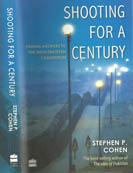
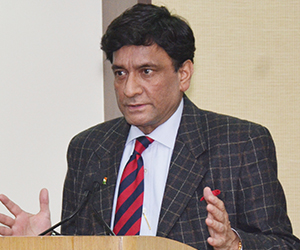


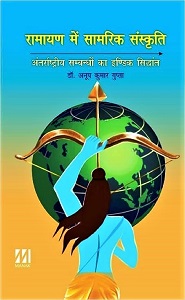
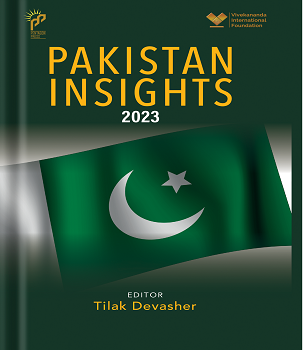

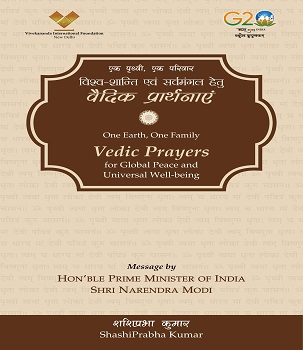
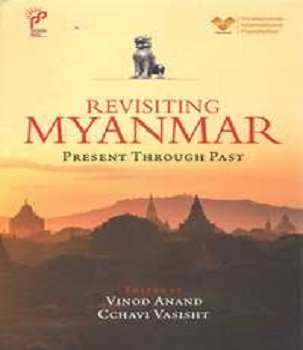
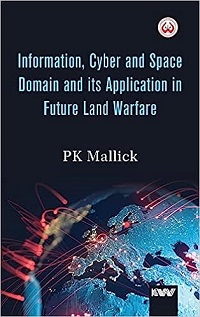
Post new comment